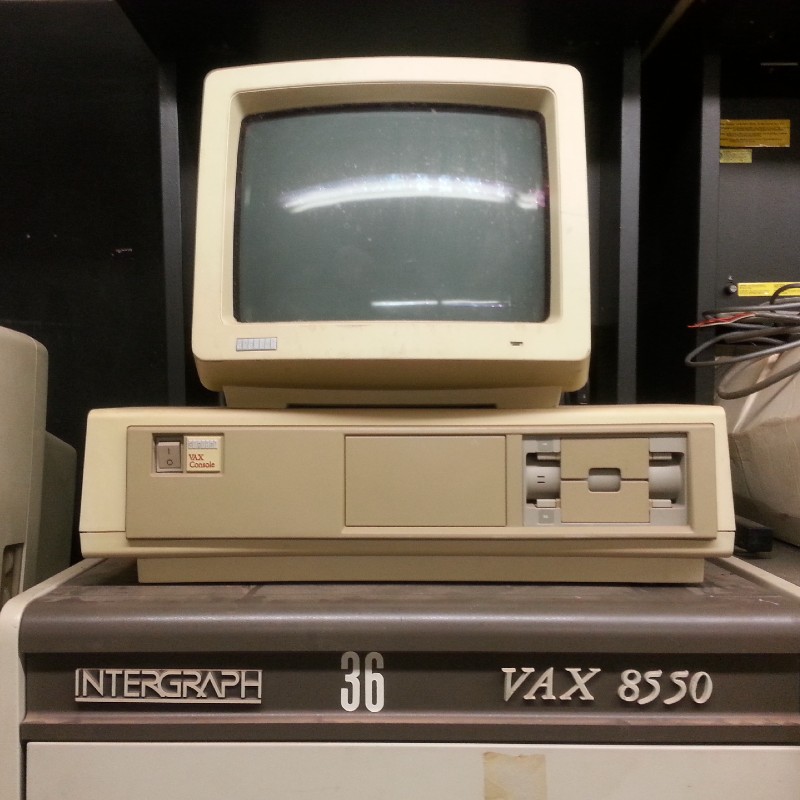Employees just wanna have fun
Designing enterprise applications that don't suck
Author: Julia Borkenhagen, CXO and Co-founder at Whitespace
Date: 28 February 2014
Business applications are software programs that are designed to help companies run their operations more efficiently. These programs can be used for a wide range of purposes, including managing finances, tracking inventory, scheduling appointments, and communicating with customers.
While some business applications may have a reputation for being boring, there are many ways to make them more engaging and user-friendly. Overall, the key is to understand the needs and interests of the users and to design the application with those factors in mind. By focusing on usability, functionality, and aesthetics, it is possible to create business applications that are at the same time effective, efficient, and enjoyable to use.
5 ways to improve employee experience with business applications
Remember Girls just wanna have fun, the hit single by Cyndi Lauper? If you don't then you're too young to have experienced the greatest era of pop: the '80s. Read to the end of this article and I'll give you a taste of what you've been missing.
The idea that "girls just wanna have fun" turns out to be a universal truth, applicable not just to girls but also to business application users. Of course, I am exaggerating slightly, but we are seeing increasingly playful features in project management software, CRMs, and other collaborative tools. So what makes a business application more fun for the user?
I believe there are 5 core elements that can make business applications more engaging:
- Attractive visual display: An attractive but discrete color palette, a clean, uncluttered layout and beautiful iconography help the users to feel at ease and quickly capture the nature of the content. The often oversized icons also give a playful impression, even though you might be dealing with something quite “dull”, such as project management. Basecamp is a good example for that kind of design and I have also used that approach in a recent project for a private bank.
- Immediate feedback: Technologies such as Javascript allow us to give users immediate feedback on their actions. Filling out forms is a great example that provides a challenge: How to turn something that most people apprehend and find boring into a pleasant activity? You can display a green check for fields filled in correctly – the user feels successful and good about themselves. You can also hide and display information as it becomes relevant in the process. Again, the user feels in charge and can “play” with the interface.
- User-generated content: As wikis and micro-blogging are catching ground in the business world, features that allow users to contribute are becoming more accepted and appreciated. From a user experience perspective, it also means that the users move from being mere recipients of information to active contributors, and enjoy publishing their opinions in such an easy way.
- Ratings and progress indicators: It seems fundamental to human nature that we seek all kinds of measurements and thrive on positive ones. When LinkedIn added a little meter above the users’ information to show how complete their profile was in percent, the number of users completing their profile increased significantly.
- Elements of delight: Now here’s the icing on the cake: surprise users with the unexpected, and put a smile on their faces. Google has tried this for a while (it may be getting a bit old by now) by changing its logo for special days. But what does this mean for business applications? A good example is drag-and-drop. Let's say you have a tool where you have to assign projects to programs and programs to initiatives (based again on a recent project I worked on). You could have a traditional form-based interface, but you could also imagine arranging these items in a more visual “mind-mapping” way. Which way would be more fun? And which way might offer a more meaningful visualization?
Less drudgery, more delight
This is all very nice, but why should the business owner care? First, because gaming platforms, mobile apps, wearables, etc. have dramatically raised the bar of users’ expectations in terms of ease-of-use and entertainment value. Second, providing applications that are enjoyable to use will give a positive image of the company in general. And finally, because these elements, if executed well and adopted to the users’ needs, will undoubtedly increase user participation and adoption.
In the end it's important to remember that your users are human beings. They're social ... they crave engagement and interaction. You don't have to design with Cyndi Lauper in mind – it's not about being outlandish – but a little levity goes a long way.




